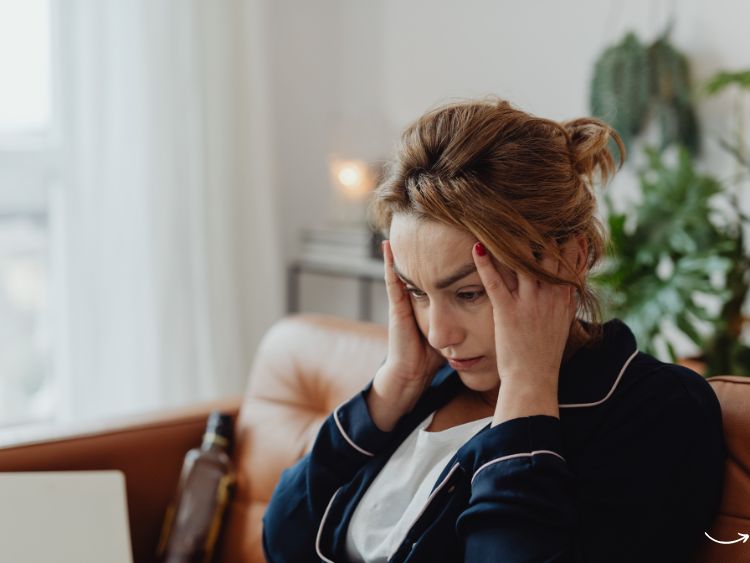The Lifesaving Skill Everyone Should Know
Imagine you’re out for a walk when suddenly, someone nearby collapses. Would you know what to do? First aid is the immediate help given to anyone suffering from either a minor or serious illness or injury. It’s not just for paramedics or healthcare professionals—everyone should have a basic understanding of first aid to handle emergencies effectively. This guide will equip you with the essential knowledge and skills to respond confidently in various situations.
What Is First Aid?
First aid refers to the initial care provided to a person who has been injured or is in sudden ill health. The goal is to preserve life, prevent the condition from worsening, and promote recovery. It’s a crucial skill set that can make a significant difference in an emergency, whether it’s a minor scrape or a life-threatening situation.
The Importance of First Aid
Why is first aid so important? Knowing how to react in emergencies can mean the difference between life and death. In many cases, first aid can help stabilize a person’s condition until professional medical help arrives. For example, performing CPR on someone who’s stopped breathing can keep them alive long enough for paramedics to take over. Similarly, knowing how to properly clean and bandage a wound can prevent infection and speed up healing.
The Basics of First Aid: What You Need to Know
1. Assess the Situation
- Safety First: Before you rush to help, ensure the area is safe for you and the victim. You don’t want to become another casualty.
- Check Responsiveness: Gently shake the person and ask if they’re okay. If there’s no response, you may need to perform CPR or call emergency services immediately.
2. Calling for Help
- Emergency Numbers: Know the local emergency numbers. In the U.S., it’s 911; in the U.K., it’s 999. Provide clear, concise information to the dispatcher.
- Stay Calm: Panicking won’t help anyone. Stay composed, and provide the necessary assistance as calmly as possible.
3. CPR (Cardiopulmonary Resuscitation)
- When to Use: Perform CPR if the person is unresponsive and not breathing.
- How to Perform: Place your hands in the center of the chest and push hard and fast, about 100-120 compressions per minute. After 30 compressions, give two rescue breaths if you’re trained.
4. Wound Care
- Minor Cuts and Scrapes: Clean the wound with water, apply an antibiotic ointment, and cover it with a sterile bandage.
- Severe Bleeding: Apply pressure to the wound with a clean cloth or bandage until the bleeding stops. Elevate the injured area if possible.
5. Burns
- First-Degree Burns: Cool the burn under running water for at least 10 minutes. Cover with a non-stick, sterile dressing.
- Second-Degree Burns: Do the same as for first-degree burns but seek medical attention for burns larger than the palm of the victim’s hand.
6. Choking
- Adult or Child: If the person is choking and can’t cough, perform the Heimlich maneuver by standing behind them, placing a fist just above the navel, and thrusting inward and upward.
- Infants: Lay the infant face down on your forearm, give five back blows, then flip them over and give five chest thrusts.
7. Shock
- Signs of Shock: Look for pale, clammy skin, rapid breathing, and a weak pulse. Shock can occur after severe blood loss, heart attack, or allergic reaction.
- Treatment: Lay the person down, elevate their legs if possible, and keep them warm. Do not give them anything to eat or drink.
First Aid Kits: What Should They Contain?
Every home, car, and workplace should have a well-stocked first aid kit. Here’s what you should include:
- Adhesive bandages (various sizes)
- Sterile gauze pads
- Adhesive tape
- Antiseptic wipes
- Scissors and tweezers
- CPR face shield
- Thermometer
- Pain relievers (like ibuprofen)
- Gloves
- Emergency blanket
- Instant cold packs
- First aid manual
FAQs About First Aid
Q: What should I do if I don’t have a first aid kit?
A: Improvise with what you have. Clean cloths can be used as bandages, and a credit card edge can scrape away bee stingers.
Q: How often should I refresh my first aid knowledge?
A: It’s recommended to refresh your first aid skills every two years, or more frequently if possible. First aid courses often offer refreshers and updates.
Q: Can I harm someone by performing first aid incorrectly?
A: It’s better to try and provide some help rather than doing nothing. In many places, Good Samaritan laws protect those who give reasonable assistance.
Q: Is it necessary to take a first aid course?
A: Yes, while reading about first aid is helpful, practical training is invaluable. A certified first aid course will give you hands-on experience.
Q: How do I handle first aid for someone with a chronic condition like asthma?
A: First aid for chronic conditions involves understanding how to manage sudden flare-ups. For example, help someone with asthma use their inhaler during an attack.
Conclusion: Be Prepared to Act
First aid isn’t just a skill—it’s a responsibility. By learning the basics, you prepare yourself to act swiftly and effectively in emergencies. Remember, it’s not about being a hero but about being prepared to save a life or mitigate harm until professionals can take over. Make sure your first aid kit is always stocked, refresh your skills regularly, and encourage others to learn first aid too. It’s an investment in safety that pays dividends every day.
Authoritative Links:
- American Red Cross: https://www.redcross.org/
- Mayo Clinic First Aid Guide: https://www.mayoclinic.org/first-aid
- NHS First Aid Advice: https://www.nhs.uk/conditions/first-aid/
- Healthline First Aid Tips: https://www.healthline.com/health/first-aid



